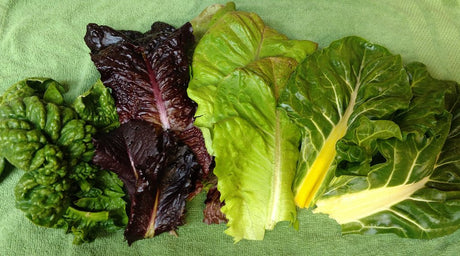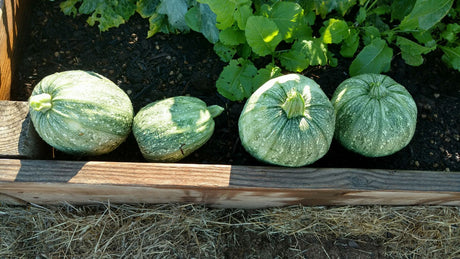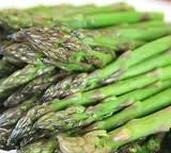
14 Fantastic Types of Lettuce to Grow
Wondering how to grow your favorite greens? Looking for unique varieties that aren't necessarily available in the store? This is a great place to start if you're looking for more...
Mary Smith |
Welcome to our store Learn more

Wondering how to grow your favorite greens? Looking for unique varieties that aren't necessarily available in the store? This is a great place to start if you're looking for more...
Mary Smith |

Mary's Heirloom Seeds Quick Links Echinacea Coconut Coir Pellets 99 CENT SEED PACKS Seed Starting SUPPLIESOrganic Plant Food Organic Pest Control Heirloom BEANS Heirloom BEETS Heirloom CABBAGE...
Mary Smith |

We've added a few regions to our guide and a few new arrivals of Heirloom Seeds. Happy Planting! *Photo from The Self Sufficiant HomeAcre from our seeds* Mary's Heirloom...
Mary Smith |

ARE YOU READY FOR AUGUST PLANTING? Mary's Heirloom Seeds Quick Links ORGANIC GARLIC is now available to Pre-order Echinacea Coconut Coir Pellets POPPY Seed Starting SUPPLIESOrganic Plant Food Organic Pest...
Mary Smith |
From a recent email... Mary's Heirloom Seeds Quick Links ORGANIC GARLIC is now available to Pre-order Echinacea Coconut Coir Pellets POPPY Seed Starting SUPPLIESOrganic Plant Food Organic Pest Control Heirloom...
Mary Smith |

Depending on where you live, many of you are planting FALL Crops. This is a great way to extend your growing season and save money! If you have never planted...
Mary Smith |

Depending on where you live, many of you are planting FALL Crops. This is a great way to extend your growing season and save money! If you have never planted...
Mary Smith |

Customers and friends are always asking for recipes for their harvest. The thing is, I usually just throw a bunch of things together and it usually turns out great. I...
Mary Smith |

Here's the latest from Mary @ Mary's Heirloom Seeds! There's still time to order Your ORGANIC GARLIC before we are all sold out! We just added 2 new varieties! Mary's...
Mary Smith |

Fall is a prime time for planting the hardiest herbs that actually grow very well in areas with mild winters. You can put an assortment of your favorite cool-weather-loving fall...
Mary Smith |

As promised, we are continuing to share our month-to-month, regions specific Planting Guide from Mary's Heirloom Seeds! Can you believe it's almost September? It's still super hot and we're already...
Mary Smith |

*UPDATED 1/24/17*Broccoli is a cool weather crop that generally thrives in cooler temperatures that do not exceed 30°C (86°F). The ideal temperature for cultivating broccoli is between 65 - 75°F....
Mary Smith |

Have you ever added Oyster Shell Fertilizer to your soil? Wondering WHY we add calcium? Well here ya go! Calcium is a component of plant cell walls, and it’s needed...
Mary Smith |